Leopard geckos are interesting and charismatic looking little creatures. They differ greatly from many other gecko species in a number of different ways, including habitat, lifestyle, and adaptations. While they are native to Asia, India, and Afghanistan, they are commonly found as pets in households worldwide. Read on to learn about the leopard gecko.
Description of the Leopard Gecko
These reptiles are relatively small, but grow larger than most gecko species. They can be up to 11 inches long, and can weigh nearly 3 pounds. Males tend to be larger than females, and can be longer than their female counterparts by anywhere from 1 – 4 inches or so.
In captivity, a wide range of colors and patterns have been bred, but in the wild their color is much more demur. Wild leopard geckos are relatively dark, with somewhat of a dappled pattern.
Interesting Facts About the Leopard Gecko
Leopard geckos are extremely common pets, right up there with bearded dragons. They can be quite friendly, and even come with a built-in “smiling” face. Learn more about these popular pets below.
- Wink, Wink – Most geckos are known for their propensity to lick their own eyeballs. Most of the time, this is because they have no eyelids to clean and moisturize their eyes. While leopard geckos still lick their eyes, they are one of the few gecko species with movable eyelids.
- Padless – Because they are native to deserts, and mostly terrestrial creatures, they also lack another characteristic most geckos have – toe pads! This means that they cannot climb up smooth surfaces.
- Boo! – Most reptiles are not known for being particularly vocal. Like crocodile skinks, leopard geckos are actually somewhat vocal. We hope you won’t hear your gecko anytime soon, because they only vocalize when they are in distress. When threatened, they let out a bark-like sound in an attempt to surprise their attacker.
- Storage Space – When living in a desert habitat, being able to store extra energy is important. When food is plentiful, these reptiles will eat their fill and store the fat in their tails. This allows them to live off that fat when food becomes scarce.
Habitat of the Leopard Gecko
In their native range, these creatures utilize a harsh, unforgiving environment as their home. They live in dry deserts and grasslands. These habitats usually have rocky terrain and harsh temperature extremes. When the going gets too tough, the tough get going, underground! If it gets too cold, leopard geckos will burrow beneath the surface and enter a state of semi-hibernation.
Distribution of the Leopard Gecko
Leopard geckos are native to southern Asia, northern India, portions of Iran, Pakistan, and Afghanistan. Outside of the wild, they are an extremely popular pet, and can be found in households worldwide. Despite their popularity as a pet, they have not established invasive populations outside of their native range.
Diet of the Leopard Gecko
Life in arid desert environments is unforgiving, and doesn’t allow for pickiness. These reptiles are generalists, and will feed on anything small enough to fit in their mouths (that won’t kill them of course.)
This translates to crickets, worms, roaches, moths, spiders, and a variety of other insects and invertebrates. Extra fat is stored in the tail so that they can survive periods of dormancy and times when food is scarce.
Leopard Gecko and Human Interaction
These geckos interact with humans quite frequently in captivity. In the wild, because they live in such harsh environments, they rarely interact with humans.
Because they breed so easily in human care, the pet trade does not particularly threaten their wild counterparts, and their populations are stable. As with most species, habitat destruction does pose a threat, but not an immediate one.
Domestication
Because these reptiles have been bred so extensively in human care, they may be considered semi-domesticated. They have not, however, been selectively bred for a long enough period to constitute true domestication.
Does the Leopard Gecko Make a Good Pet
Yes, leopard geckos make good pets. In fact, they are one of the better beginner reptiles, as they are easy to care for and extremely docile. As with any pet, it is important to ensure that you do your research prior to purchasing. Always be cautious with small children, with animals as fragile as a small gecko or as large as a seemingly-hardy puppy.
Leopard Gecko Care
These geckos are relatively easy to care for. They are terrestrial, which means that they spend most of their time on the ground. This means that their habitat should be longer rather than taller. With proper care, these reptiles can live up to, and even over, 20 years. They are insectivores, and should be only fed insects. Do not offer vegetation of any kind, as they cannot digest it properly.
Behavior of the Leopard Gecko
Leopard geckos are quite docile creatures in captivity, and seem to even enjoy being handled. In the wild they are solitary, but they are sometimes kept together in captivity. While most of their time in the wild is spent hiding from predators, they can be quite active in human care. When their natural habitat becomes too harsh, they will enter a state of semi-hibernation known as brumation.
Reproduction of the Leopard Gecko
This species breeds in the summer, and females are capable of storing sperm to produce additional clutches of eggs. Females must consume lots of calcium prior to laying eggs, in order to develop eggshells. She will lay her eggs approximately three weeks after mating, and the eggs will hatch anywhere from a month or two later. The hatchlings will not eat until they have shed their first skin.

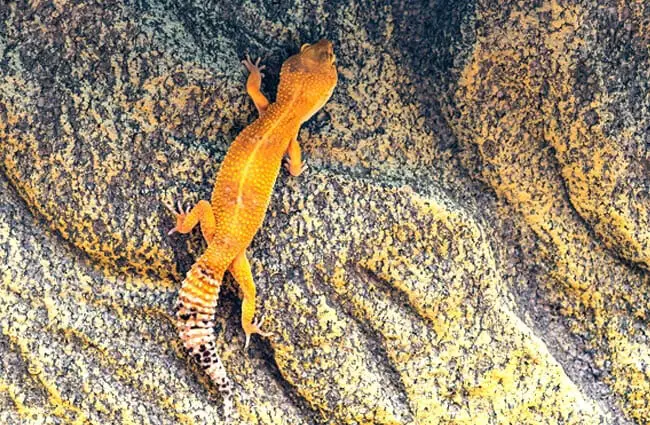
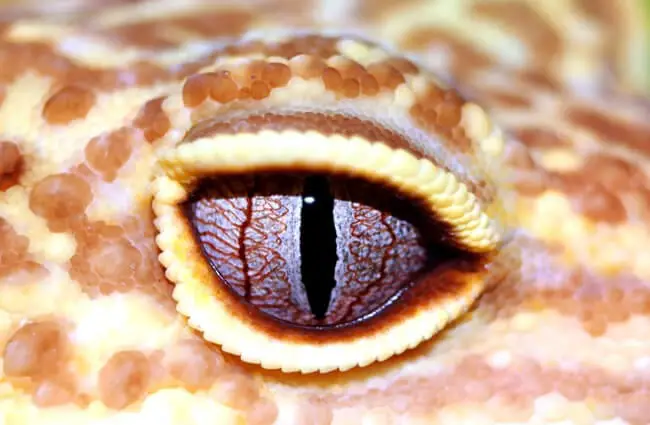
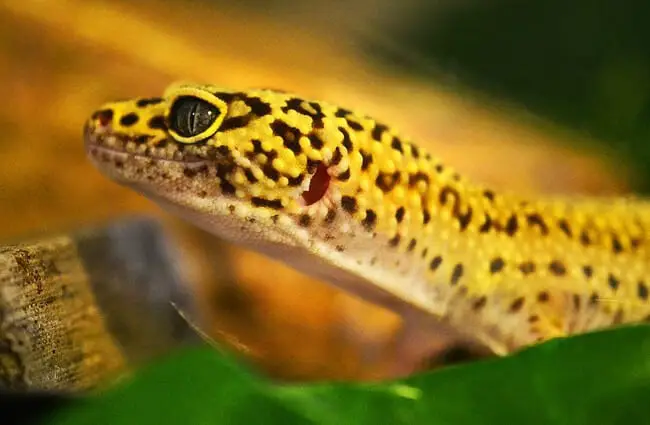
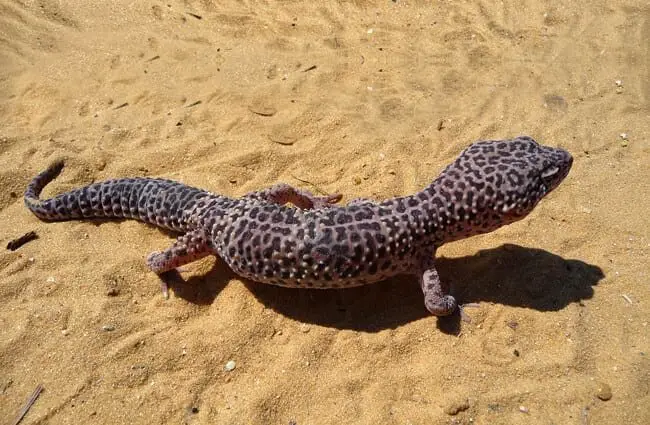


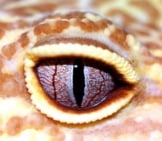


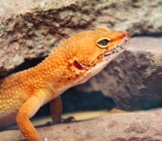
![Red Angus Closeup of a beautiful Red Angus cowPhoto by: U.S. Department of Agriculture [pubic domain]https://creativecommons.org/licenses/by/2.0/](https://animals.net/wp-content/uploads/2020/03/Red-Angus-4-238x178.jpg)


![Red Angus Closeup of a beautiful Red Angus cowPhoto by: U.S. Department of Agriculture [pubic domain]https://creativecommons.org/licenses/by/2.0/](https://animals.net/wp-content/uploads/2020/03/Red-Angus-4-100x75.jpg)

